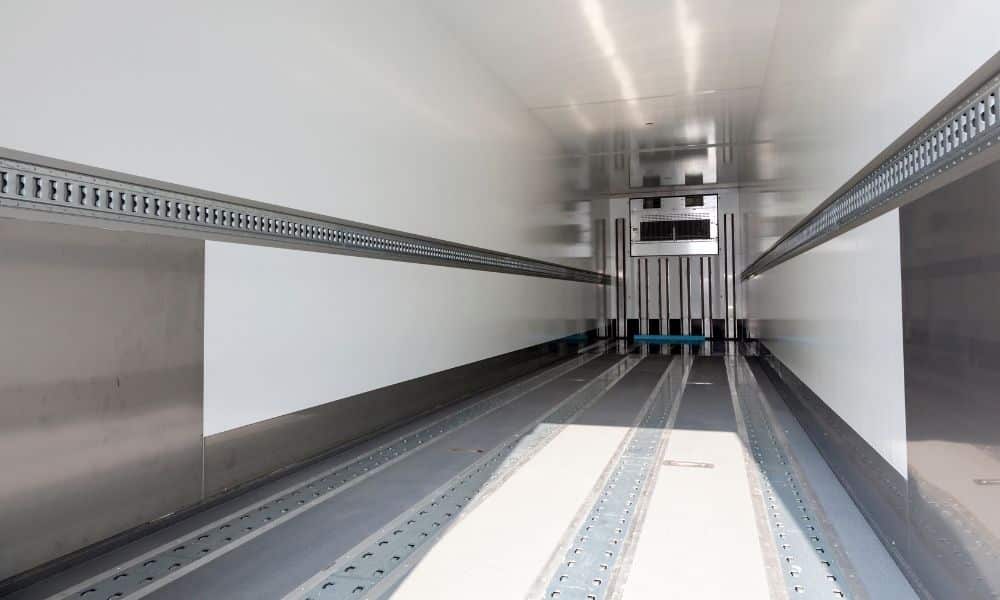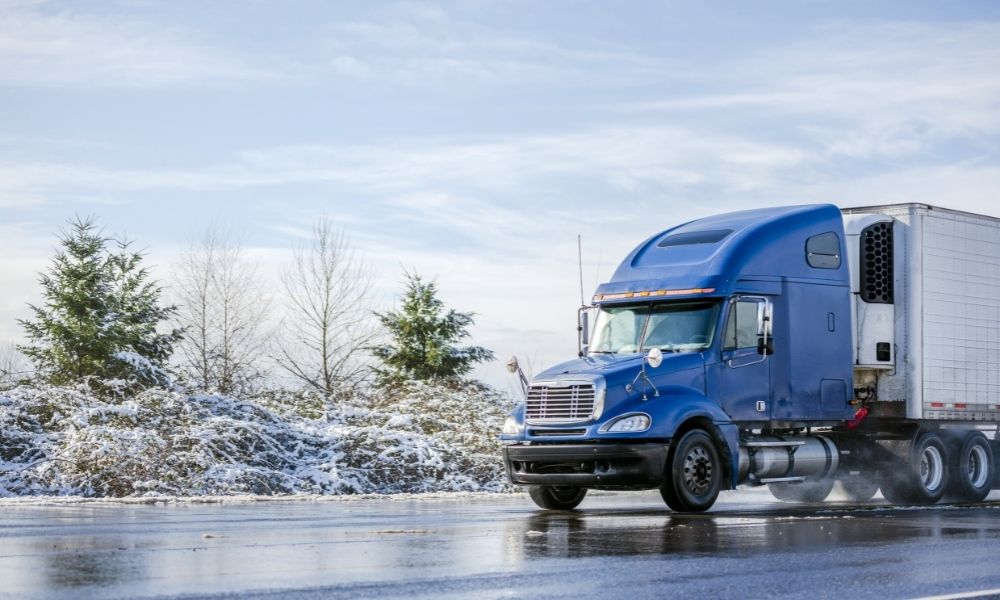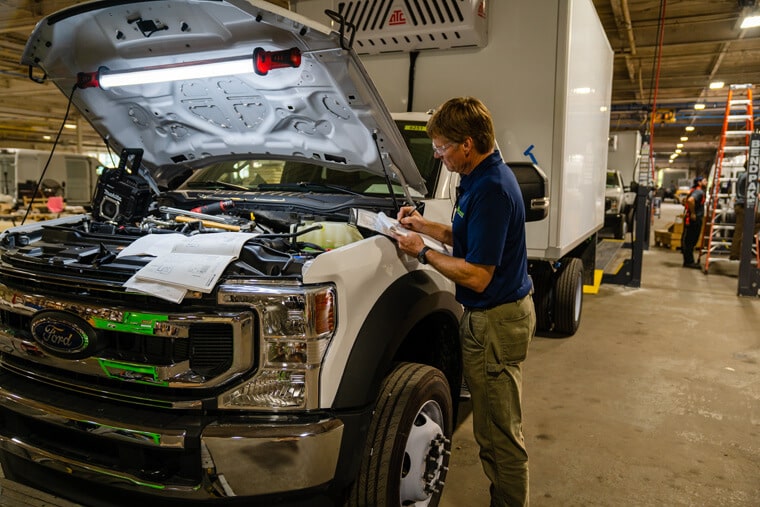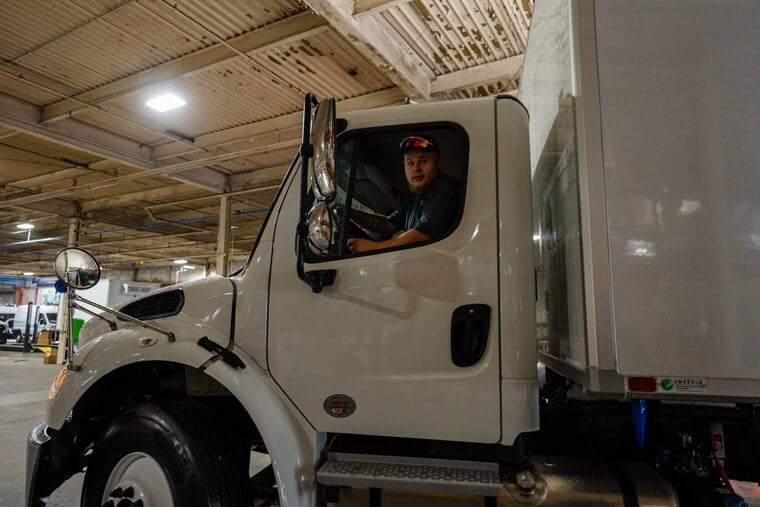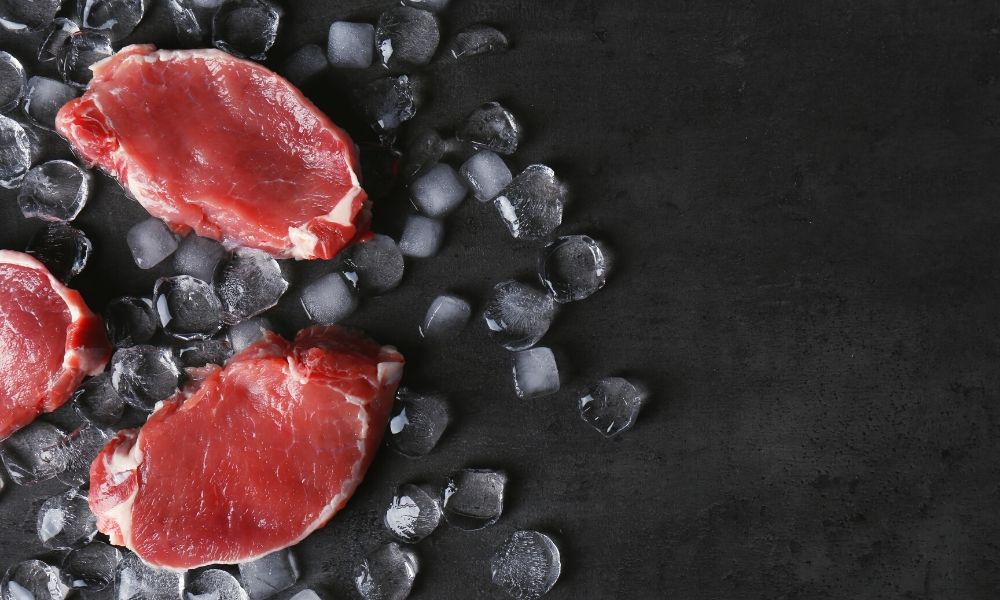
Importance of Proper Food Storage During Transportation
Joe Dickman | February 5th, 2020
Correctly storing and transporting food in refrigerated vehicles is a necessary part of getting many kinds of food from the farm or forest to your family table. If you’re trying to better understand the food delivery process and how refrigerated food storage affects your business, here is an explanation of the importance of proper food storage during transportation.
The Cold Chain Explained
It’s important to first learn what the cold chain is. The cold chain is a series of steps progressing from production to preparation to storage and transportation to delivery meant to preserve food that needs to stay cool. Sometimes called “cool cargo,” cold or frozen food is in a constant state of deterioration that the cold chain prevents by keeping in an unfavorable condition for various kinds of degradation. Companies accomplish this by employing refrigerated and insulated trucks, vans, railcars, and cargo ships. Cold chain logistics preserve more than just food: vaccines, medications, and some chemicals need careful temperature management during transportation as well. Due to careful planning and execution, cold chain strategies allow us access to thousands of different products, including much of the perishable food we buy.
Product Shelf Life Guide
To understand the difficulties faced when transporting products and the need for cold chain logistics, here are some examples of how quickly some foods go bad compiled by Canstar Blue. Generally, the FDA recommends you not eat perishable food such as meat or dairy that is in a room-temperature environment for two hours or more. The shelf lives listed are for refrigerated or room-temperature storage.
Meat
- Beef, lamb, and steak last for five days if stored unwrapped in a refrigerator.
- Refrigerated cooked meats, such as beef roast, stews, and steak, are safe for three days.
Poultry
- Raw chicken lasts two to three days in the refrigerator.
- Refrigerated cooked chicken lasts for three to four days if put in the fridge within two hours.
Fish
- Cooked fish (excluding salmon) last three to four days in the refrigerator.
- Refrigerated crabs, oysters, and raw fish last for one to two days.
Dairy
- Refrigerated milk, yogurt, and cottage cheese last one to two weeks.
Fruits
- Apples are good for four days at room temp, and one month refrigerated.
- Avocados last three days regardless.
- Berries are fine for up to three days in the refrigerator.
- Watermelon is good for two to three days at room temp, and six to eight days refrigerated.
- Grapes last three to five days at room temp.
Vegetables
- Peas, tomatoes, broccoli, and asparagus keep for four to six days refrigerated.
- Refrigerated corn lasts for three days.
- Lettuce and cucumber last for 10 to 12 days refrigerated.
What Does Storage Protect From?
Storing food correctly before transportation generally protects food from external elements and prevents organic decay. More specifically, storing food slows the onset of biochemical decay and microorganism growth while keeping the product separate from contaminants, pests, moisture, and dryness. Because many of these decay factors inevitably occur over time, it’s a battle against the clock to limit their development.
Biochemical Changes
Limiting chemical changes in food involves slowing natural processes. According to CSIRO, over time, products with fats turn rancid because the fats oxidize—chemically react with oxygen—and don’t taste as good. This even applies to frozen food products such as meats. Oxidation slows due to freezing but still occurs. Also, foods lose vitamins C and B due to this oxidation process. Oxidation delays when you limit oxygen access by using sealed containers, so proper storage is a must.
Bacteria and Mold Growth
Bacteria
Bacteria and other microorganisms develop over time that impacts food and consumption differently. Some bacteria spoil food quicker and others are harmful to you when eaten. However, some bacteria colonies are beneficial to food. Cheeses age well due to bacteria and certain kinds are even protective because they don’t allow bad bacteria to land and grow. Overall though, it’s not good to allow bacteria growth during transportation. Bacteria grows particularly well in humidity, so avoiding these conditions is advantageous.
Mold
Mold, which comes from fungi, is another common scourge on foods that thrives in wet, humid environments. Mold contacts food through floating spores and keeps growing and spreading from there. Molds take on all kinds of colors—black on bread and a fuzzy white on berries. They are dangerous to consume because they can trigger allergic reactions and even introduce toxic substances to the body. One of these toxins is aflatoxin, which is a cancer-causing substance.
Moisture & Humidity
Water contents affect microorganism growth, but the actual water content when food reaches your table matters too. No one wants peanuts or almonds that are damp. Likewise, dry baked goods won’t taste very good. For this reason, the passage of water vapor is important to control. In humid environments, it’s vital to transport food in insulated vehicles. In dry places, it’s best to keep food product water content up. Some foods that dehydrate in dry environments include meats, fruits, and vegetables. To keep an even state that’s not humid or dry, make sure you don’t block your air delivery chute, so you distribute conditioned air appropriately. Also, make sure you have proper ventilation for produce that creates heat and releases moisture as it decays. This prevents you from having a dead zone that leads to product loss upon arrival. If you follow these tips in an already refrigerated and insulated setting, foods will last longer.
Pests and Contamination During Travel
Pests
You also keep food separate from contaminants and pests when properly transporting the product. Bugs and other small living things may want to hitch a ride on your truck and eat your product. Strategies for limiting points of entry and monitoring pest control limit the prevalence of product lost to animal consumption and contamination.
Contamination
The importance of appropriate food storage during transportation also extends to simply keeping food away from dirt, dust, and other sources of contamination besides pests. Keeping transportation equipment and vehicles clean goes a long way to avoiding common environmental substances.
If you’re looking to better your food transportation, Emerald Transportation Solutions has many kinds of refrigerated vehicles for sale. One of them is sure to fit your needs, but if you have questions, give our experienced team a call.
Related Articles
Contact Us
Feel Free To Contact Us If You Have Any Questions
What does under DOT mean?
Questions regarding DOT requirements come up often. 10,000 lbs GVW (gross vehicle weight) and over are commercial vehicles that fall under the Department of Transportation regulatory requirements.
What is the difference between GVW and payload?
GVW or Gross Vehicle Weight is the entire weight of the vehicle including the payload. The payload weight represents the amount of cargo you are hauling.
What is a self-powered unit and a vehicle-powered unit?
A self-powered unit has its own fuel source and will run independent of the truck. This is the heaviest and most expensive option. While vehicle-powered units run off the engine via a compressor mounted on the engine. These are less expensive and lighter in weight but you must run the truck or plug the electric standby into shore power.
What does K-factor mean and why is that important?
K-factor is a term that stands for the overall insulating value of the container (truck body). Quite simply the lower the K-factor the better the truck body will be able to maintain a given temperature and require less energy to do so.
How much lighter is a Poly Van vs a US spec body?
Poly Van bodies are very light. On average we estimate we are 75-150 lbs per foot lighter than a traditional sheet and post foamed in place body. These weight savings translates to less fuel burn and less CO2 emissions, along with added payload, the most important benefit.

